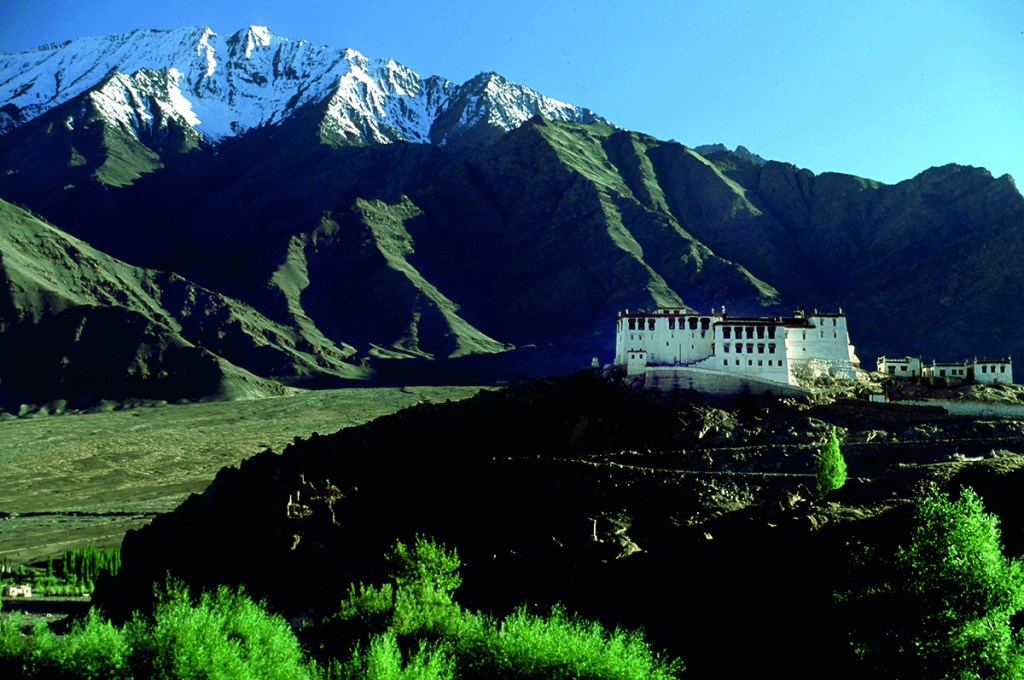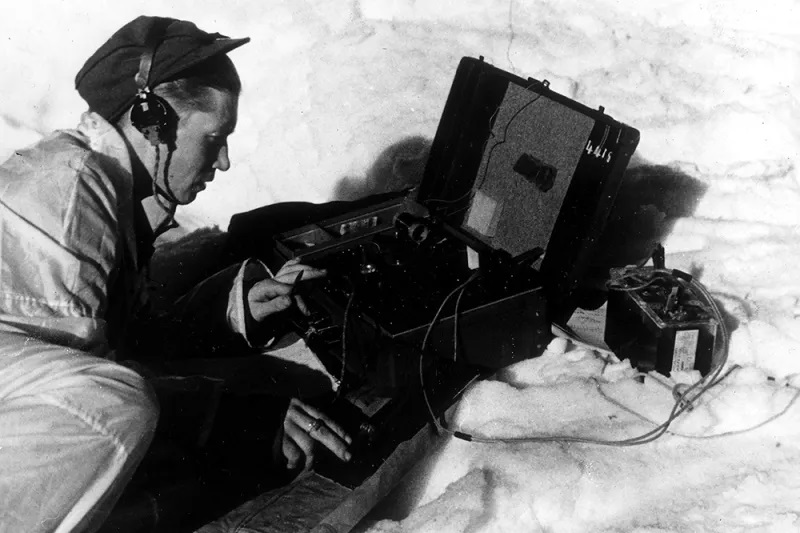This article is in The Spectator’s February 2020 US edition. Subscribe here.
In my twenties I once visited a lonely spot among the western Himalayas called Zhuldok in the Suru valley. Politically, it was part of the Indian state of Jammu and Kashmir, but geographically, ethnically and culturally, the region is bound to the Tibetan plateau and the former Buddhist theocracy centered on Lhasa.
I remember one compelling moment, with the twin peaks of Nun Kun looming above us four and a quarter miles high, when we watched two wolves on the far shore of a torrent of glacial meltwater. Those predators lolloped at an easy pace through the fall color of the immense Himalayan landscape, and I felt at the edge of all I had known — a rare feeling.
To the author of this exceptional book, however, that spot was not the endpoint of his travels; it was only the beginning. Further south, over the Pensi-La pass — where six and a half feet of snow can fall in one night and eventually accumulate to over 25 feet, remaining on the ground for six months — lies another valley called Zanskar. These meteorological conditions leave it cut off from the outside world for half of every year. It was this blend of place and splendid snowbound isolation that was the young James Crowden’s heart’s desire; in the winter of 1976-77, aged just 22, he achieved his goal and made it there.
Crossing the Pensi-La with his supplies, Crowden watched it snow for 10 days while his universe shrank to the width of one valley. As he notes, it was as if the entire population of Zanskar — ‘men, women, children, artists, blacksmiths, weavers, musicians, soothsayers, monks and nuns –– were all in a closed order. As if we had all taken a vow of inner silence and contemplation. Introspection was the order of the day.’
If the author’s journey was more arduous than mine, then, in turn, let us pause to admire the far greater resilience of the people who were Crowden’s hosts. Their lifelong lot, shaped and consoled by the colorful rituals of their faith, is one of subsistence agriculture in the highest mountains on Earth. Zanskar is a land where the fruits of the short summer season are barley grain and yak’s milk; where the meager economy depends almost entirely on butter sales; where the winter involves routine avalanches and temperatures of -5˚F. And that’s inside the house; outside it can be -40˚. Cold water flats feel like the Ritz in comparison. The book may be a retelling of Crowden’s adventures, but for the Zanskaris, it is an audit of the commonplace.
During the short winter days, the Zanskaris spend much time on their roofs, grinding grain, cording wood, plying wool then weaving the rough homespun, all while telling stories, laughing and singing. Crowden’s account of this locked-in world is not only filled with respect, it’s also steeped in time. For although The Frozen River is narrated as if it were an account of one winter, albeit viewed from a distance of more than 40 years, the author has been a continuous student of Buddhism and has returned to the Zanskar region many times. His book is thus informed by a prolonged investigation of both the landscape and its inhabitants, yet it still somehow manages to retain the particularity and verve of a 22-year-old’s first impressions.
Much of that achievement is down to Crowden’s writing style, which has been acquired after decades of experimentation and reworking. He has previously published volumes of poetry about the West Country of England where he lives, and the verse is notable for its unstuffy, demotic diction and for dwelling on the prosaic lives of practical rural folk. The same combination is present in The Frozen River, where the prose deploys the compression and exactitude of his poems.
Crowden’s specialties are the one- or two-word phrase and the accumulating list of items. Part of his account of a two-day Buddhist ceremony in a Zanskari village reads: ‘A kaleidoscope of color. The flowing quickstep, dancers in time, almost like the tango, blue, green, orange, yellow, red, a gyrating blur. Bone necklaces, like court jesters, teased and tamed the spirits, sometimes in pairs, sometimes half a dozen at a time.’
Occasionally one wishes for relief from its staccato rhythms, but the singular virtue of Crowden’s prose is to create a sense of enormous immediacy. The Frozen River is also an immensely modest account. In fact, I have seldom read a travel book where the narrator is so absent. Instead, he acts as a transparent lens that gathers all that fierce Zanskari winter light and illuminates the primary colors of both the place and its people. In so doing, he creates a tour de force of luminous writing.
This article is in The Spectator’s February 2020 US edition. Subscribe here.

























